X
Electric hoists represent their own machinery, strength, and toughness, while the stage is elegant, flowing, and soft, with conflicts and collisions between the two.
Precautions for using chain hoists
Category : Stage Chain Hoist Series
Get a Quote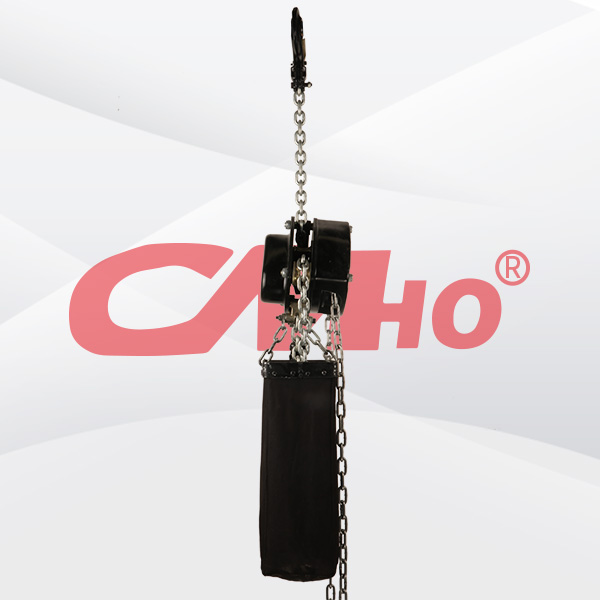
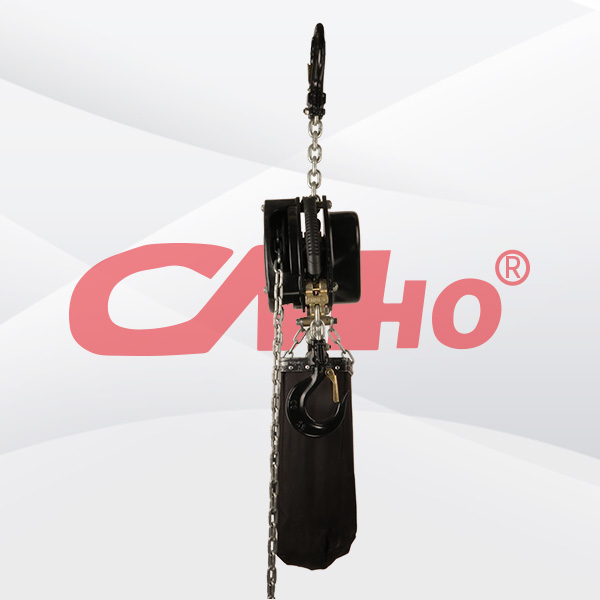
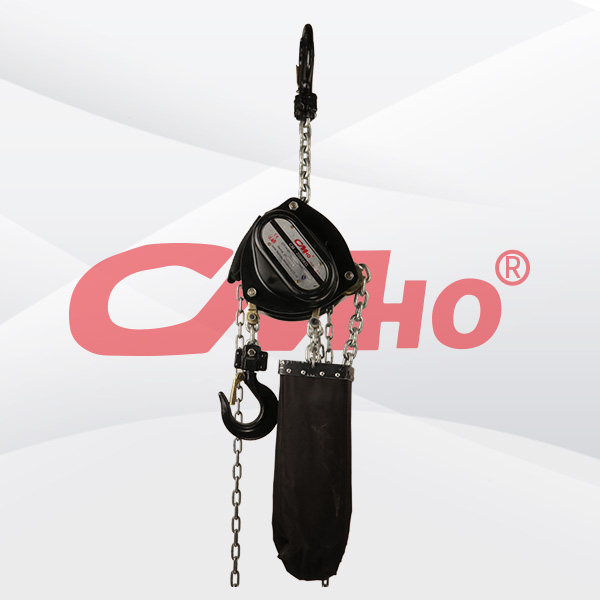
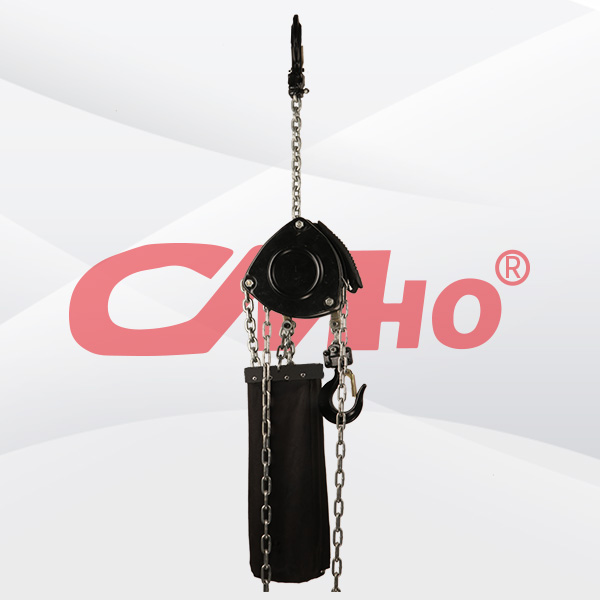





Product Details
Precautions for using chain hoists
1. Before using the chain hoist, it should be carefully checked whether the rotating part is flexible, whether there is chain jamming, whether there are broken joints and cracks in the chain, whether the brake is safe and reliable, whether the pin is firm, whether the hanging rope and support crossbeam are firm and stable, and only after passing the inspection can it be used.
2. When using, check if the lifting chain is twisted. If there is any twisting, adjust it before use.
3. When using, first pull the bracelet back and loosen the lifting chain to ensure sufficient lifting distance. During operation, pay attention to slowly tightening the chain to gradually apply force. Only after checking for any abnormalities can formal operation be carried out.
4. Overloading is strictly prohibited during lifting operations. Regardless of the position, the zipper should be in the same direction as the chain wheel to prevent the zipper from supporting the groove. The force on the zipper should be even and not too fast or too strong. When used in a horizontal direction, a cushion should be placed at the entrance of the fine chain to support the chain to prevent failure.
5. During the use of the chain hoist, the number of zippers should be determined based on the lifting capacity of the chain hoist. When the hand zipper cannot be pulled, the cause should be identified and the number of people should not be increased or pulled forcefully to prevent the lifting chain from being subjected to excessive force and breaking.
When lifting an object, if it is necessary to temporarily suspend the object, the hand zipper should be tied to the lifting chain to prevent accidents caused by the failure of the chain lock.
7. Rotating parts should be lubricated regularly to prevent chain corrosion. Chains that are severely corroded, have broken marks or cracks should be scrapped and replaced, and should not be used interchangeably.
8. The chain and steel wire rope should be inspected every six months, and an experiment should be conducted annually at 25% of the rated load of the hoist.
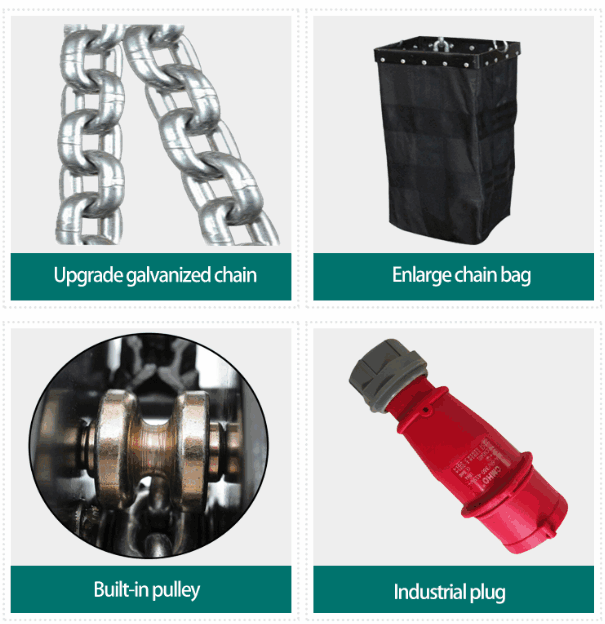
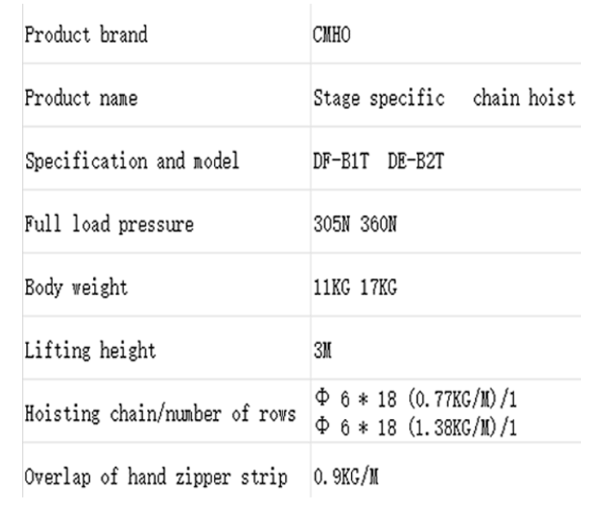
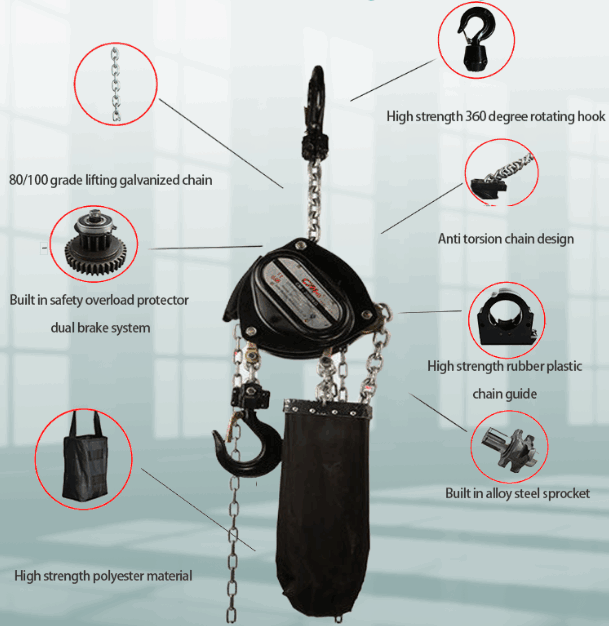
RELATED PRODUCTS .
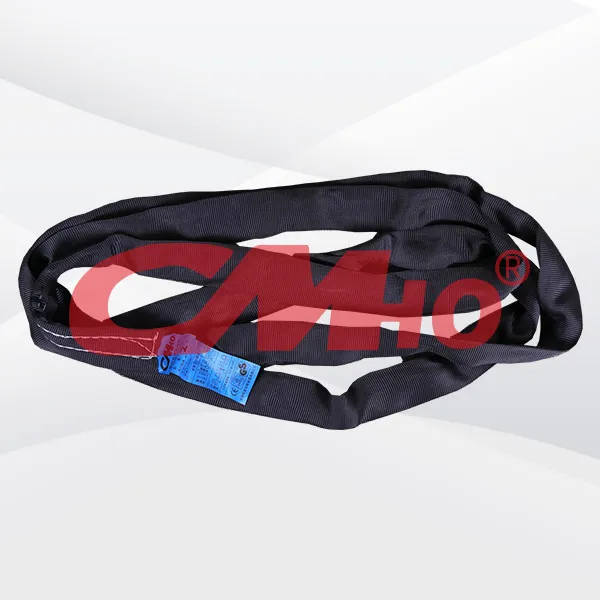
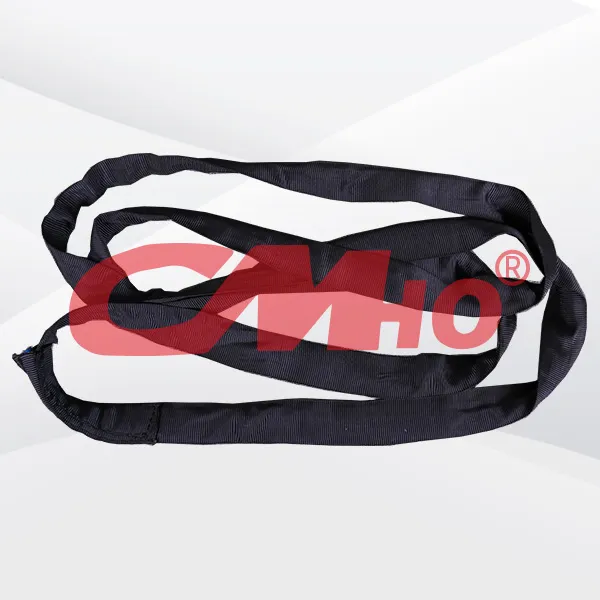
Small soft lifting slings play a vital role in multiple fields by virtue of their unique performance advantages. Mainly woven from high-strength synthetic fibers such as polypropylene and polyester, t
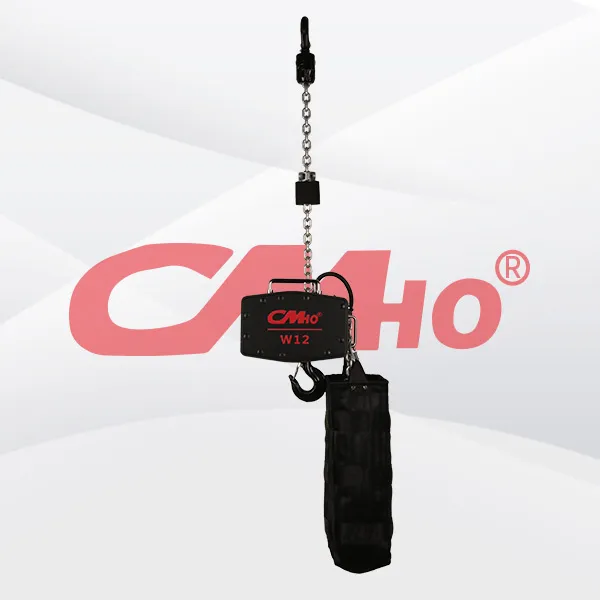
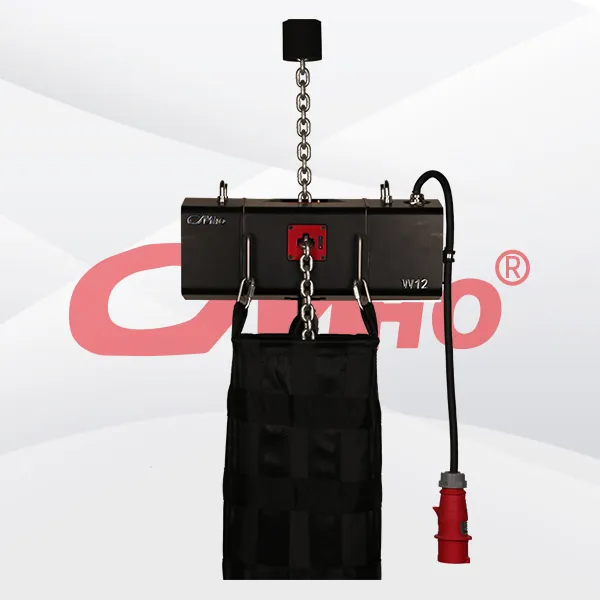
The overload protection of stage chain motors is a comprehensive system. Its core lies in quickly cutting off power or limiting torque through electrical monitoring, mechanical restriction, and intell
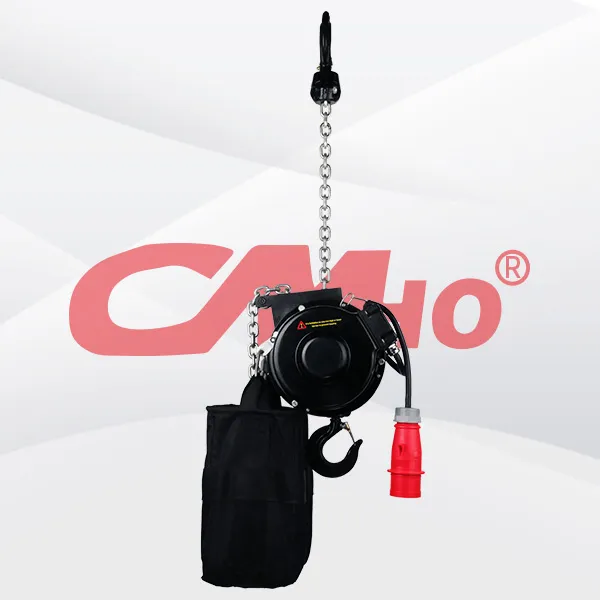
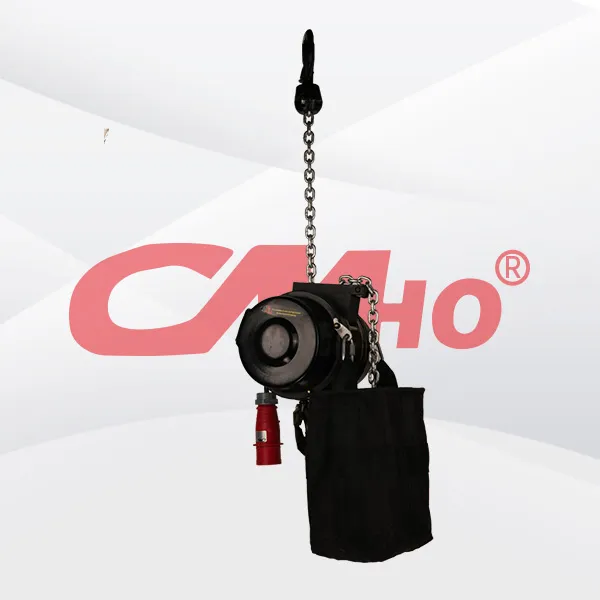
Small stage electric hoists demonstrate unique advantages in space constraints, cost control, and scene adaptation through their characteristics of "small size, low energy consumption, and easy o...
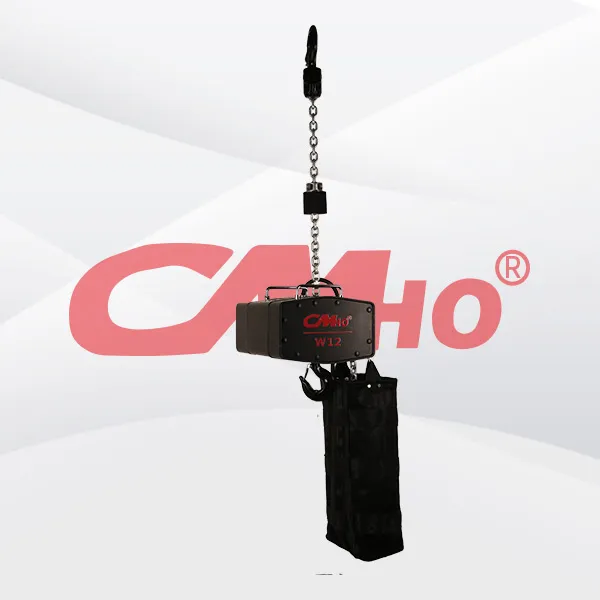
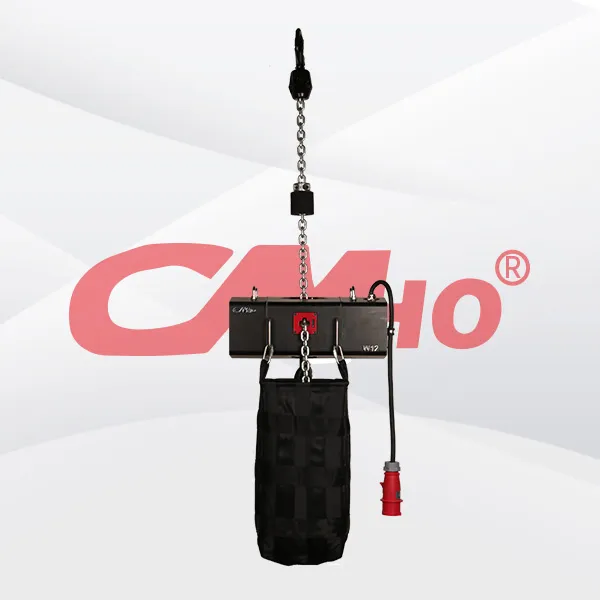
In the wholesale model of stage electric hoists, the larger the purchase quantity, the more significant the unit price discount provided by the factory, which reduces the procurement cost per device.
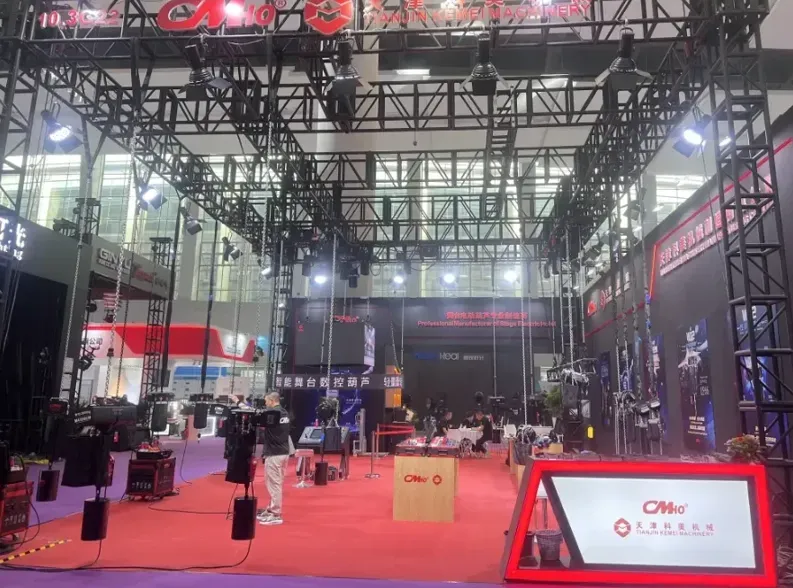
2025-05-27
创始人
0
Guangzhou International Professional Lighting and ...
We look forward to meeting you at the exhibition site and jointly drawing a new blueprint for industry development!
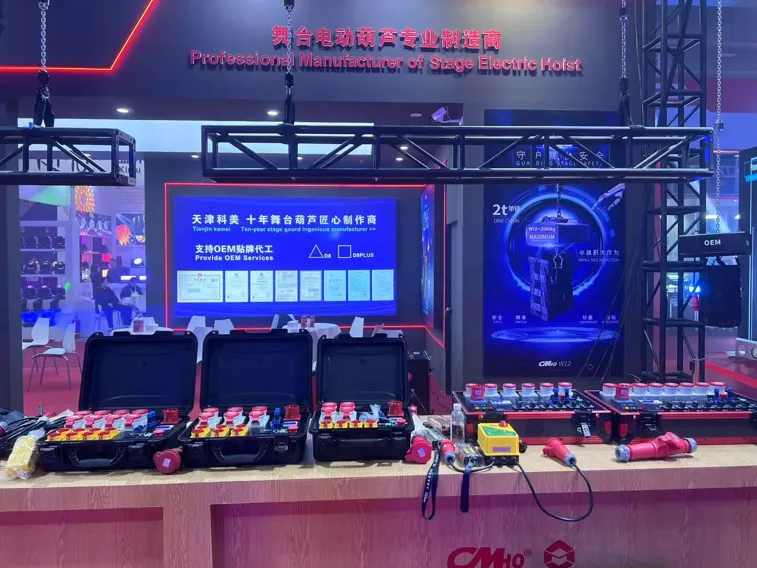
2025-02-28
创始人
0
The participation of Tianjin Kemei in the Guangzho...
Tianjin Kemei made a remarkable and eye-catching appearance at the Guangzhou (International) Performing Arts Equipment, Intelligent Acoustic, Optical and Electrical Products...
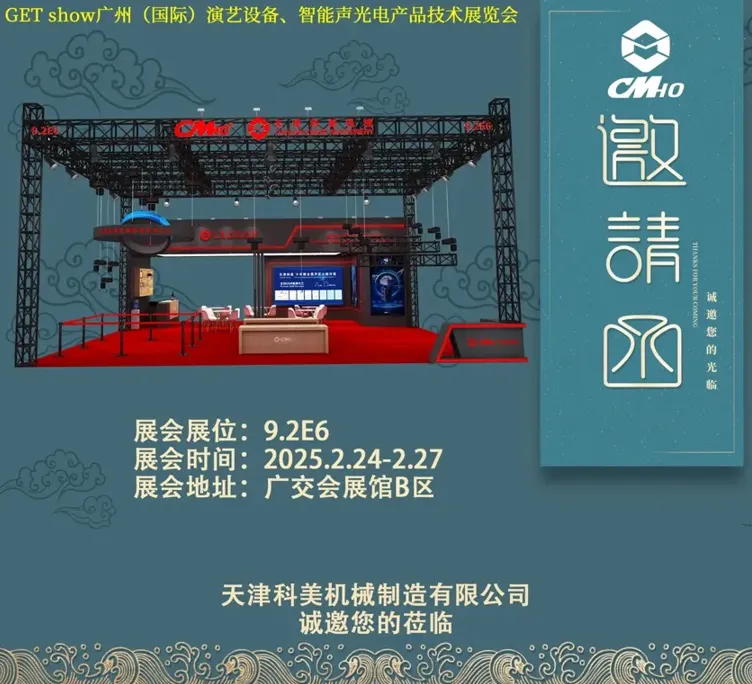
2025-02-27
创始人
0
Guangzhou (International) Performing Arts Equipmen...
In the era of the rapid development of stage lifting equipment and intelligent acousto - optic technology, every industry event serves as a crucial opportunity for innovatio...
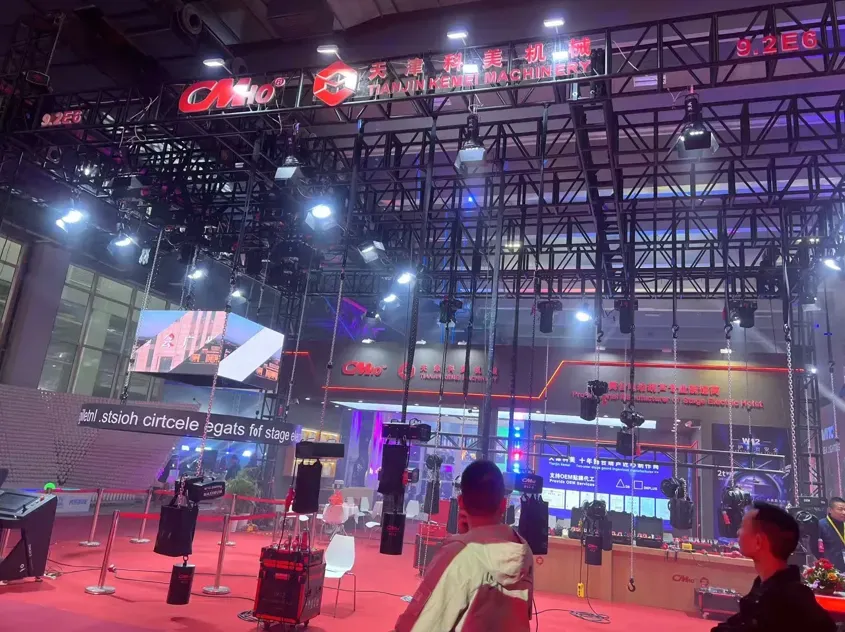
2025-02-27
创始人
0
GET show Guangzhou (International) Performing Arts...
Tianjin Kemei Machinery Manufacturing Co., Ltd. has been deeply engaged in the stage equipment manufacturing field for many years and has developed into a modern benchmark e...

